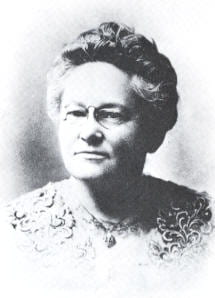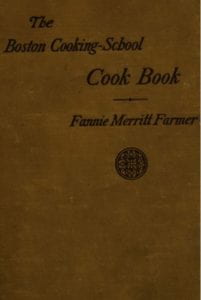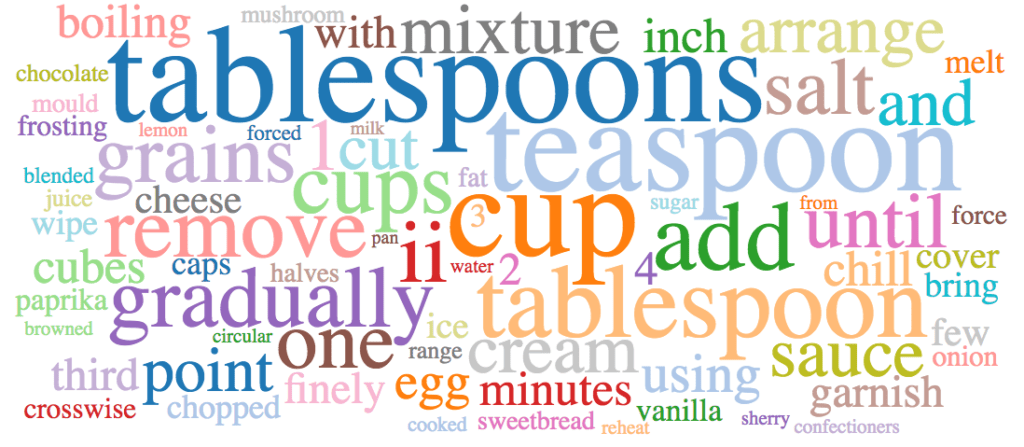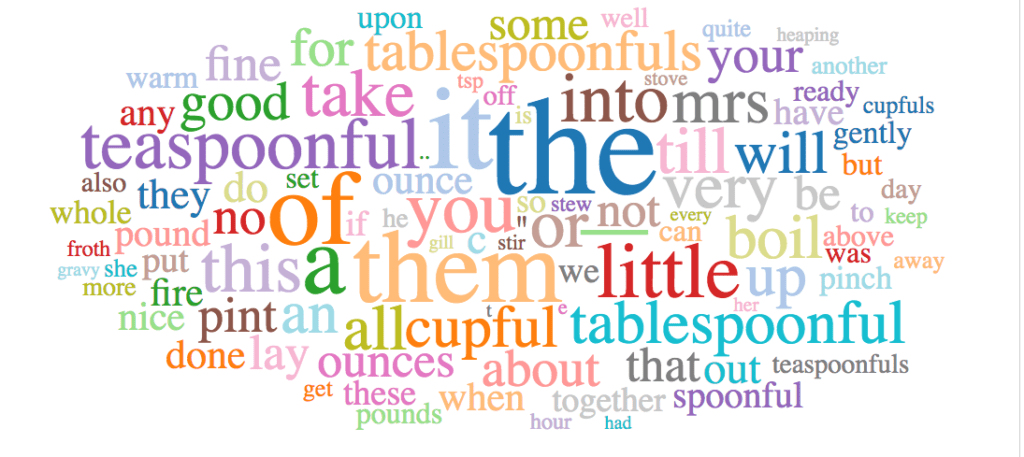The most prolific authors in the collection are the famous names of 19th century cooking: Catharine Beecher, Lydia Maria Child, Julia Corson, Fannie Farmer, Marion Harland, Eliza Leslie, Mary J. Lincoln, Marion Harris Neil, Maria Parloa, Sarah Tyson Rorer, and Maria Eliza Rundell. These women’s books went through multiple editions and printings and reached millions of American households.
Other notable authors include Ella Eaton Kellogg, health food advocate and wife of John Harvey Kellogg, William A. Alcott, first president of the American Vegetarian Association, Rufus Estes, African-American railway chef, and Jessup Whitehead, chef and restauranteur.



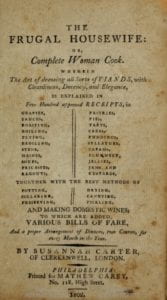 Frugality has a long history in America.
Frugality has a long history in America. 